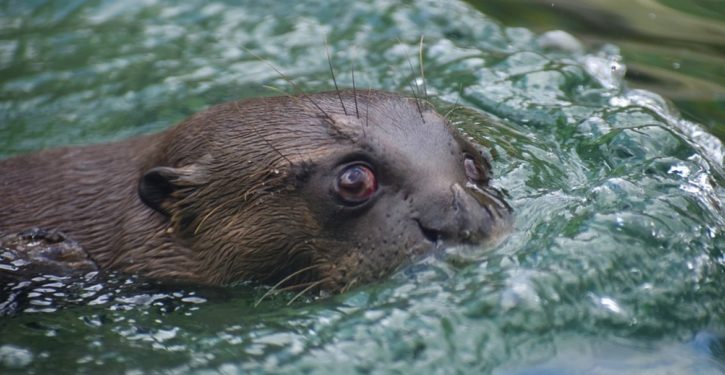
“Since 2013, an epidemic of sea star wasting disease along the Pacific Coast of North America has caused billions of sea stars to twist and disintegrate. Sunflower sea stars, one of the world’s largest starfish, lost 90 percent of its population over the last decade. Populations of sea urchins, typically preyed on by sea stars, overran and wiped out kelp forests. The cause of the disease remained elusive. But on Monday, a new study identified the killer: a sneaky bacteria known as Vibrio pectenicida,” reports The New York Times:
The disease ravaged populations of 20 sea star species along the Pacific Coast, and a number of efforts have been underway to restore these groups. A recovery program for sunflower sea stars, led by the Nature Conservancy, aims to restore the animal to its native habitat, and over a dozen aquariums are collaborating to captive-breed them. Knowing the cause should make it easier to refine and expand such efforts, experts said.
Lauren Schiebelhut, an evolutionary ecologist and geneticist at the Sunflower Star Laboratory in Moss Landing, Calif., said that one promising path involved selecting individual sea stars that showed the greatest resistance to the bacterium. Another involved probiotics, equipping sea stars with other microorganisms to help them deal with pathogens — a technique that has worked with corals.
Sea star disease wiped out countless sea stars (also known as starfish):.
When the wasting disease hit California in 2013, “it felt like a sea star apocalypse,” Dr. Lafferty said. He recalled snorkeling in a kelp forest and seeing hundreds of sea stars twisted, melting or reduced to piles of skeletal shards.Now, he is excited when he sees even a few sea stars. “Maybe these are the lucky ones from the old saying, ‘Thank your lucky stars,’” he said.
The Baltic ringed seal population has jumped five-fold.
Giant river otters recently returned to a place where they were wiped out 40 years ago.
Fish species have rebounded off the coast of California due to their young finding a sanctuary in abandoned oil rigs.
Brazil’s rarest parrots have made a comeback.
Whooping cough cases jumped 14 fold in Michigan due to a drop in vaccination.
Vaccination cut child deaths by two-thirds in Burundi, the world’s second poorest country.



